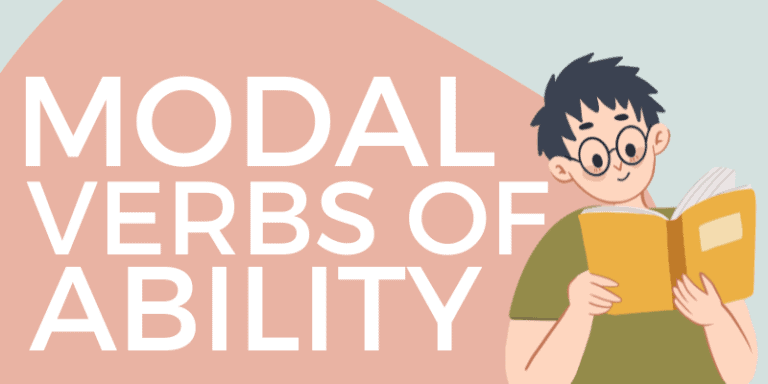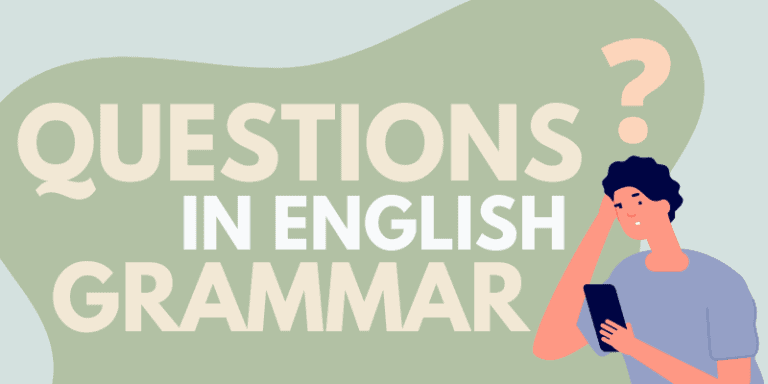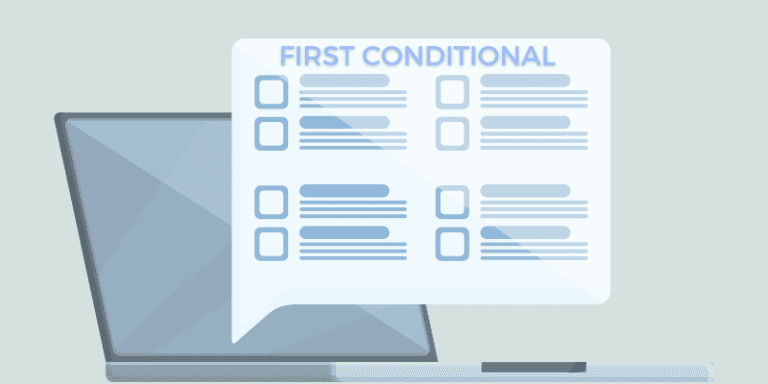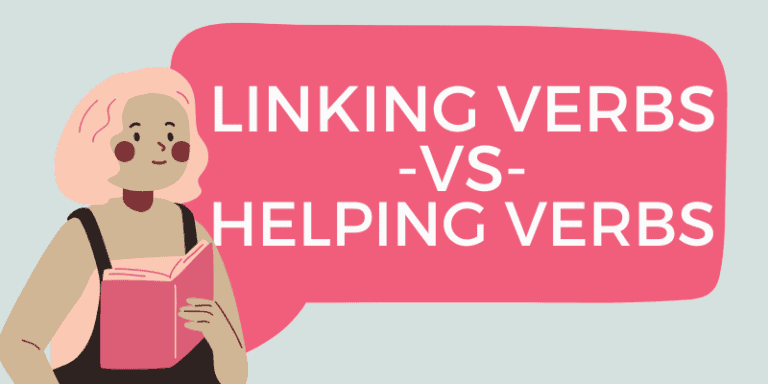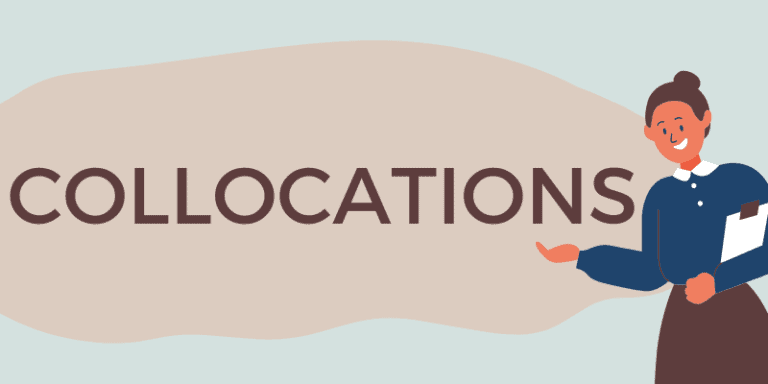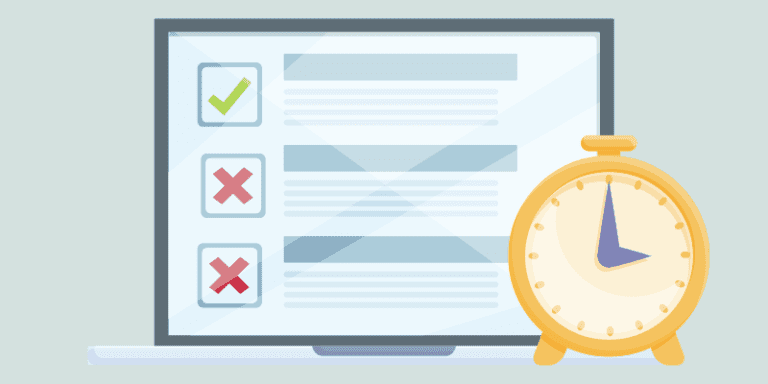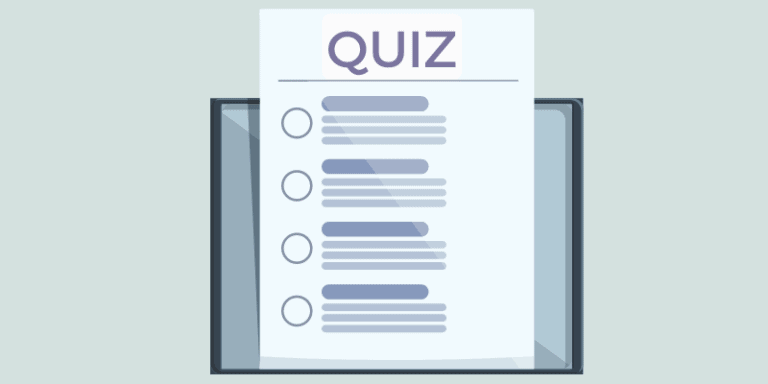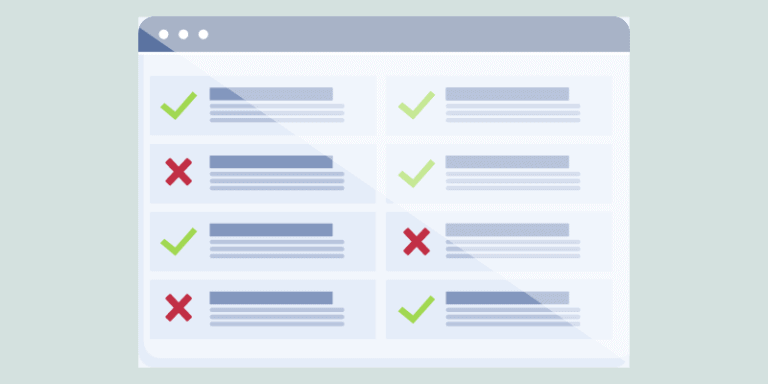Modal Verbs of Ability — Examples and Worksheet
Are you struggling with understanding when and how to use modal verbs of ability? They can be problematic even for native speakers! These versatile words are often used in everyday conversation, and mastering them can be hugely beneficial for both communicating effectively and understanding what others mean when they use …
